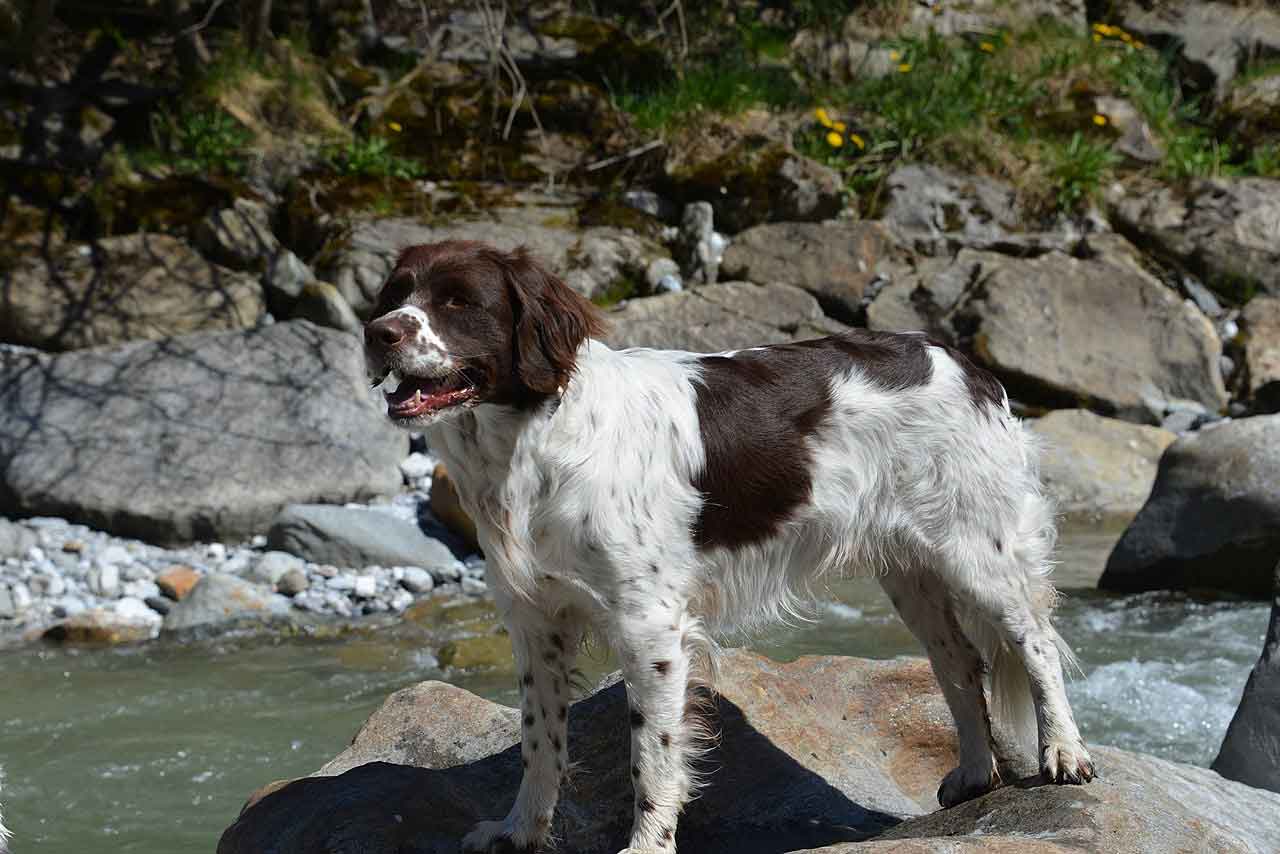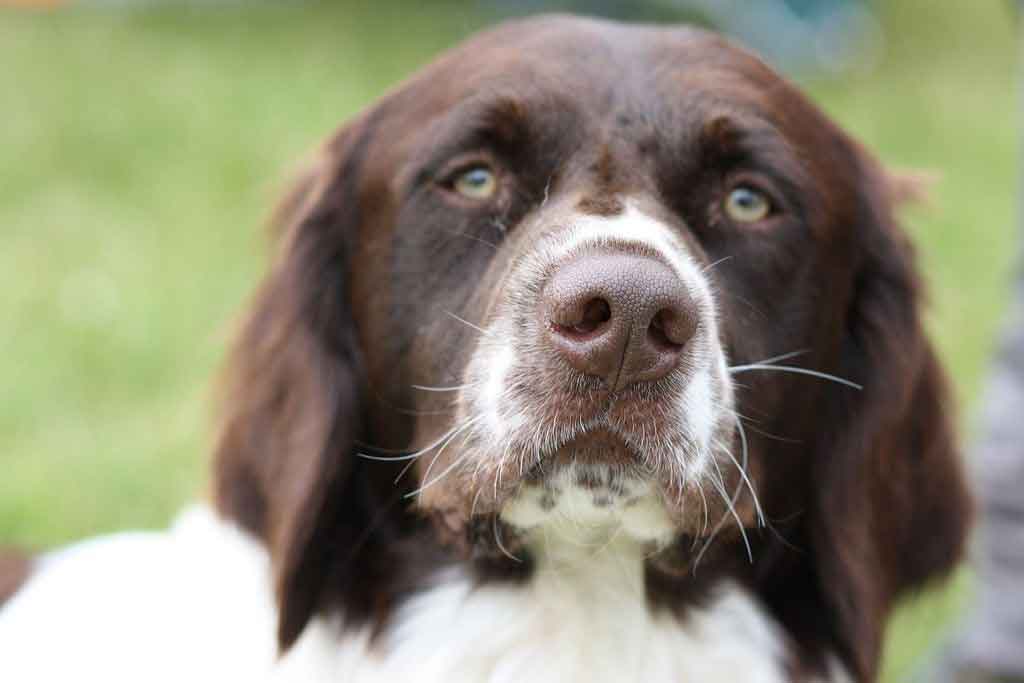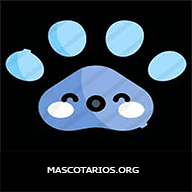Content |
|---|
Characteristics "Dutch Partridge Dog"
Coexistence is important that you have with your new friend. Before considering the acquisition of a dog of the breed "Dutch Partridge Dog" you know certain factors. Not all breeds of dogs are apt to live in an apartment, you must take into account his character, their need for exercise, their interaction with other pets, their care and if you have small children, their level of tolerance towards them.
Adaptation ⓘ3.0 out of 5 stars (based on 1 review)
|
friendly dog ⓘ4.0 out of 5 stars (based on 1 review)
|
hair loss ⓘ5.0 out of 5 stars (based on 1 review)
|
|---|---|---|
Affection level ⓘ5.0 out of 5 stars (based on 1 review)
|
Need for exercise ⓘ4.0 out of 5 stars (based on 1 review)
|
Social need ⓘ3.0 out of 5 stars (based on 1 review)
|
Home ⓘ2.0 out of 5 stars (based on 1 review)
|
Toilet ⓘ2.0 out of 5 stars (based on 1 review)
|
Friendly with strangers ⓘ3.0 out of 5 stars (based on 1 review)
|
barking ⓘ4.0 out of 5 stars (based on 1 review)
|
Health ⓘ4.0 out of 5 stars (based on 1 review)
|
Territorial ⓘ2.0 out of 5 stars (based on 1 review)
|
Cat friendly ⓘ2.0 out of 5 stars (based on 1 review)
|
Intelligence ⓘ4.0 out of 5 stars (based on 1 review)
|
Versatility ⓘ4.0 out of 5 stars (based on 1 review)
|
Child friendly ⓘ4.0 out of 5 stars (based on 1 review)
|
Surveillance ⓘ2.0 out of 5 stars (based on 1 review)
|
joy ⓘ4.0 out of 5 stars (based on 1 review)
|
History
The Dutch Partridge Dog it is an ancient canine breed, that can be found in paintings painted centuries ago.
Originaria de Drenthe, a dutch province, the breed was developed during the 16th century from dogs from Spain, what were called Spionenen or Spaniolen. In the Netherlands they were given the name of Patrijshond, what does retriever mean.
in the east of the country, especially in the province of Drenthe, these dogs were bred as pure breeds, without any mix with other foreign races, as it happened in other places. This isolation allowed the Perdiguero to remain unchanged during 3 or 4 centuries.
The 15 in May of 1943, was recognized by the Raad van Beheer op Kynologish Gebied from the Netherlands, a recognition strongly encouraged by Baroness van Hardenbroek and Messrs. van Heek junior and Quartero.
The responsible breed club was founded on 5 in June of 1948, with the name of Nederlandse Vereniging of Drentsche Patrijshond.
Related to him Small Munsterlander and the French Spaniel, the Dutch Partridge Dog is quite limited in number, and the breed is almost unknown outside its borders.
Photo: “Drentsche Partridge Dog” macho by Stefanie Joksch, CC BY-SA 4.0, via Wikimedia Commons
Physical characteristics
The Dutch Partridge Dog he is a well proportioned dog, with dry muscles, pure in its lines. His body reveals power and also the ability to run at the speed that suits a hunting dog. Wedge-shaped muzzle is slightly shorter than skull. The lips are quite dry and are not hanging. Her body, slightly longer than the height of the withers, is slightly elongated. Although the fur is not really long on the body, gives the impression of being so because of the well-populated ears, more abundant hair on the neck and chest, the fringes on the front and back legs and on the bushy tail, abundantly populated on all sides.
They have a dense coat that covers the body well. Not curly. The hair is not really long, but as it is longer in some parts, the dog, as a whole, gives the impression of having long hair. On the neck and chest, the hair is longer. In the ears, the hair is long and preferably wavy. The ears, the back of the front and back legs and the back of the thighs are fringed. Hair preferably wavy on the upper part of the body and tail. Except for its base, the tail is abundantly provided with long hair on all sides. These hairs are gradually shortened towards the tip.
COLOR: White fur with brown spots, mottled or not. Coats with a mix of brown and white hairs, with or without marks, are less desirable, like the cloak coats. The ears are brown, like the hair around the eyes.
SIZE:
Males: 58 to 63 cm..
females: 55 to 60 cm..
Weight: Of 20 to 25 kg
Character and skills
They are ideal for hunting in a wide variety of terrain. They hunt with pistol shooting. Maintaining contact with the hunter is apparently an innate quality. A characteristic feature of many dogs of this breed is that, during the hunt, the tail describes a circular motion, especially when the dog is aware of the proximity of the prey. When he's close to hunting, the dog waits for the hunter to approach and when the hunter is late, turn your head to look for the game. Thanks to its adaptability, the dog is capable of hunting all kinds of animals on the plains and swamps. It is also a good retriever and excels at searching for lost game.. These characteristics are innate. Thus, does not require long training.
The Dutch Partridge Dog it is also a very good companion dog because it is faithful, friendly, attentive. Your education should be done smoothly, without aggressiveness or too much firmness.
This dog requires regular maintenance. It will be an accomplice of the children and it is possible to leave them together. under surveillance, of course. Apartment living will get you down, you need to have at least one garden for him. to let off steam and also for daily walks.
Health
The Dutch Partridge Dog he is a robust dog, but can be injured while hunting (fracture, sprain, tendinitis, wound…). His ears are down, poorly ventilated, prone to ear infections. Some dogs may be affected by hip-femoral dysplasia, a malformation of the hips that causes lameness and pain.
Grooming
The Dutch Partridge Dog should be brushed once a week to remove dead hairs and dirt. You can bathe once a month with a suitable shampoo.
Inspect and clean floppy ears once a week. When we come back from the hunt, we will check that he is not injured. Good antiparasitic and vacation coverage will be launched.
Images "Dutch Partridge Dog"
|
Drentsche Patrijshond Bowi the Gloucester during upland game hunt in Idaho by DutchID, CC BY-SA 3.0, via Wikimedia Commons
|
|---|
Videos "Dutch Partridge Dog"
Type and recognitions:
- FCI CLASSIFICATION: 224
- Group 7: Pointing Dogs
- Section 1: Continental Pointing Dogs - 1.2 Spaniel type. With proof of work..
Federations:
- – FCI – Group 7: Pointing Dogs. – Section 1: Continental Pointing Dogs. 1.2: Spaniel type ⓘ
- – UKC – Gun Dog ⓘ
FCI breed standard "Dutch Partridge Dog"
Alternative names:
1. Drentse Patrijshond, Drent (English).
2. (en néerlandais : Drentse Patrijshond), épagneul à perdrix de Drente, épagneul hollandais de Drente (French).
3. Drentscher Hühnerhund (German).
4. (em neerlandês: Drentsche patrijshond) (Portuguese).
5. Drentsche Patrijshond, Drent (español).




I live in Portugal. how can i buy one?